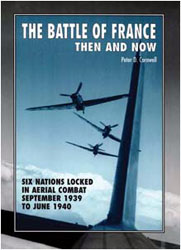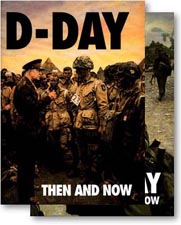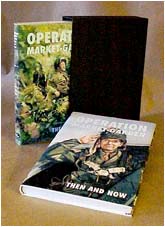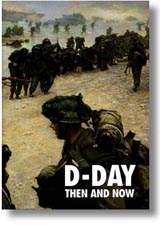Description
In these pages, Peter Cornwell tells the story of the greatest air battle of the Second World War when six nations were locked in combat over north-western Europe for a traumatic six weeks in 1940.
We begin our account in September 1939 when the newly-formed British Air Forces in France sent the first squadrons to the Continent. This Phoney War period is told through the eyes of Flying Officer Edward Hall, Adjutant of No. 73 Squadron, who claimed his as the first squadron to be sent to France and the last to leave. His unofficial war diary transports us back over 60 years to the immediacy of the period before Hitler launched his Blitzkrieg in May 1940. As far as RAF fighter squadrons in France were concerned, it was an all-Hurricane show, yet it was the Blenheim and Battle crews who suffered the brunt of the casualties. Every aircraft lost or damaged through enemy action while operating in France is listed together with the fate of the crews. Fighting a rearguard action almost from Day One, retreating from airfield to airfield as the panzers roared westwards, the story of the British Air Forces in France has never been told in this way before as it has largely been overshadowed by the Battle of Britain which followed, yet the Battle of France was even more costly in lives lost.
Peter Cornwell now redresses the balance as he describes the day-to-day events as the battle unfolds, and details the losses suffered by all six nations involved: Britain, France, Holland, Belgium, Germany and, rather belatedly, Italy. The Royal Air Force lost more than a thousand aircraft of all types over the Western Front during the six-week battle, but Luftwaffe losses were even higher at over 1,800 aircraft. Having the disadvantage of fighting over foreign soil, the RAF had many men made prisoner when baling out or crashing behind enemy lines.
All told, between September 3, 1939 and June 24, 1940, the RAF lost 1,127 airmen, of whom 415 paid the supreme sacrifice. Their names, and the cemeteries where they lie or the memorials where they are commemorated, are listed so their memory be not forgotten. They were – as Flying Officer Hall describes them – ‘the First of the Few’
Hard Cover, Size 12″ x 8″, 592 Pages, Over 900 Illustrations.





